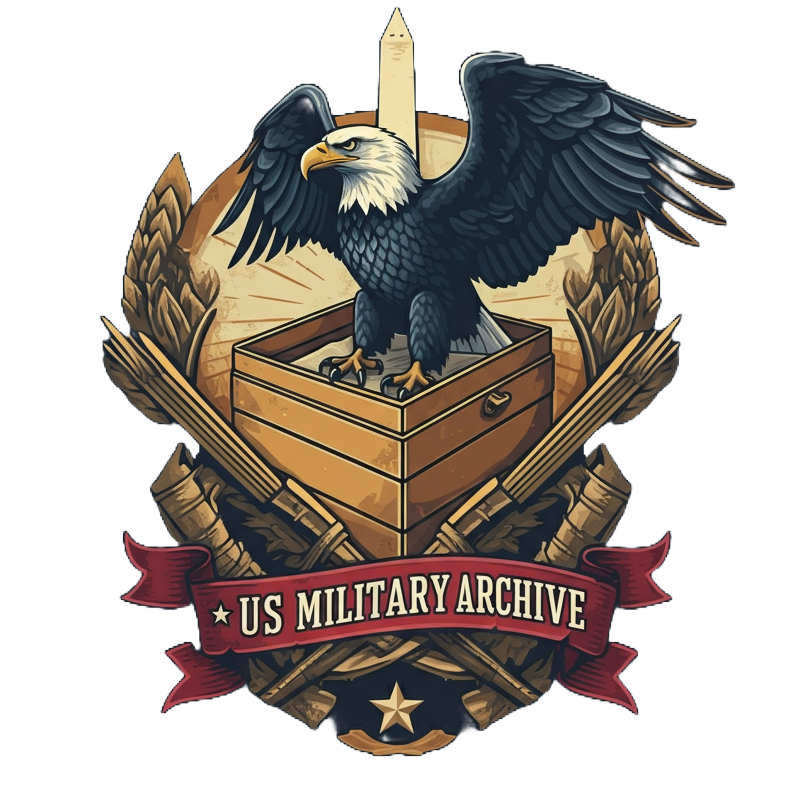Article Text
General John Jumper: Architect of the Information Age Air Force
Introduction
General John P. Jumper, the 17th Chief of Staff of the U.S. Air Force, led the service through a period of profound transformation, navigating the immediate aftermath of 9/11 and the nascent stages of the Global War on Terror. His tenure, from 2001 to 2005, was defined not only by the exigencies of combat but also by a prescient focus on the rising importance of information in warfare. This article explores Jumper's leadership during this pivotal era, examining his impact on the Air Force's adoption of precision-guided munitions (PGMs), the development of remotely piloted aircraft (RPAs), and the evolution of information warfare doctrine. It further analyzes how these developments, forged in the crucible of the early 2000s, continue to shape the Air Force of today, influencing everything from multi-domain operations to the integration of artificial intelligence.
Precision-Guided Munitions: Transforming Air Warfare
Jumper inherited an Air Force that had already begun to embrace PGMs, a trend accelerated by the Gulf War and the Kosovo conflict. However, he understood that the potential of PGMs had yet to be fully realized. He championed their wider adoption and integration, recognizing their ability to minimize collateral damage and increase the effectiveness of airpower. This emphasis on precision strike became a cornerstone of the Air Force's approach to the Global War on Terror, allowing for targeted attacks against enemy infrastructure and personnel while reducing the risk to civilian populations. Jumper's focus on PGMs laid the groundwork for the Air Force's current reliance on precision strike as a core competency, influencing the development of next-generation munitions and targeting systems. The pursuit of even greater precision continues to drive research and development in areas like hypersonic weapons, which require pinpoint accuracy over vast distances.
The Rise of the Drones: A Jumper Legacy
One of Jumper's most significant legacies is his role in the development and proliferation of RPAs, commonly known as drones. While unmanned aerial vehicles had existed for decades, Jumper recognized their potential to revolutionize intelligence gathering and strike capabilities. Under his leadership, the Air Force invested heavily in RPA technology, leading to the deployment of platforms like the Predator and Global Hawk. These systems quickly proved their worth in Afghanistan and Iraq, providing persistent surveillance and delivering precision strikes. Jumper's foresight paved the way for the widespread integration of RPAs into military operations, transforming the way the Air Force conducts reconnaissance, surveillance, and strikes. Today, RPAs are integral to multi-domain operations, and their capabilities continue to expand with advancements in autonomy and artificial intelligence.
Information Warfare: A New Domain of Conflict
Jumper's understanding of the changing nature of warfare extended beyond hardware. He recognized that information itself was becoming a critical domain of conflict. He pushed the Air Force to develop its doctrine and capabilities in information warfare, emphasizing the importance of integrating information operations into joint operations. This included not only offensive cyber operations but also defensive measures to protect critical infrastructure and information systems. Jumper's vision laid the foundation for the Air Force's current focus on information dominance as a key element of multi-domain operations, influencing the development of cyber warfare capabilities and strategies for operating in the information environment. This emphasis on information warfare directly prefigured the development of concepts like Joint All-Domain Command and Control (JADC2), which seeks to integrate capabilities across all domains.
A Legacy of Transformation: Jumper's Enduring Impact
General Jumper's leadership during the early years of the Global War on Terror left an indelible mark on the U.S. Air Force. His focus on PGMs, RPAs, and information warfare not only shaped the Air Force's approach to the conflict but also laid the groundwork for the service's continued evolution in the 21st century. His emphasis on information as a domain of warfare was particularly prescient, anticipating the rise of cyber warfare and the increasing importance of information dominance in modern military operations. Jumper's legacy continues to influence the Air Force's pursuit of concepts like JADC2, ensuring the service remains at the forefront of technological and doctrinal innovation. His contributions extended beyond specific technologies to a broader vision of the Air Force's role in a rapidly changing world—a vision that continues to guide the service today.
Conclusion
General Jumper's tenure as Chief of Staff stands as a testament to the importance of vision and adaptability in navigating periods of rapid change. His leadership, marked by the challenges of 9/11 and the evolving nature of warfare, saw the Air Force embrace new technologies, doctrines, and operational concepts. His legacy extends beyond the specific technologies he championed to a broader transformation of the Air Force's approach to warfighting in the information age. His emphasis on information as a key element of national power, combined with his commitment to innovation and joint integration, continues to shape the U.S. Air Force, ensuring its ability to meet the challenges of an increasingly complex global security environment.
Files
There are no files available.

